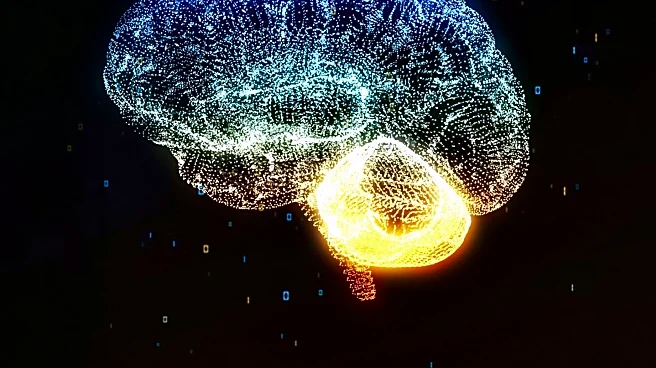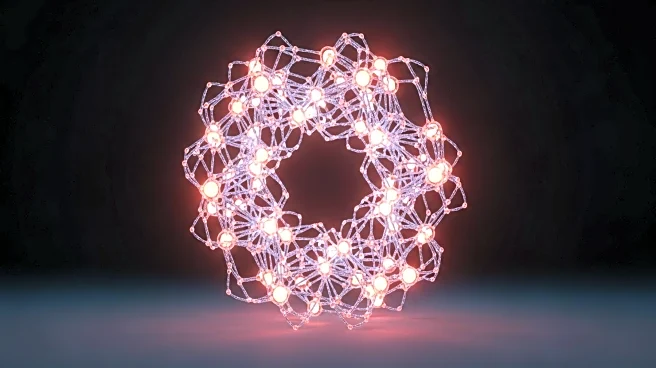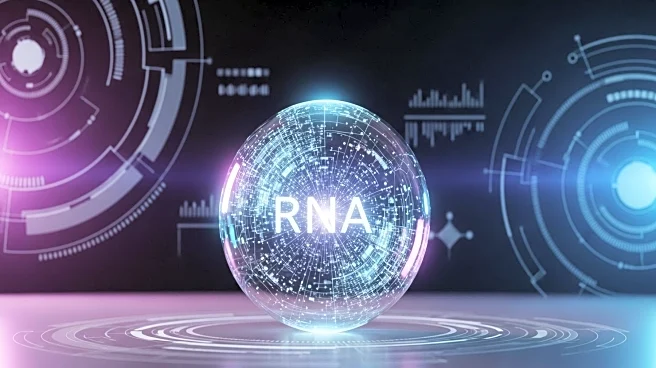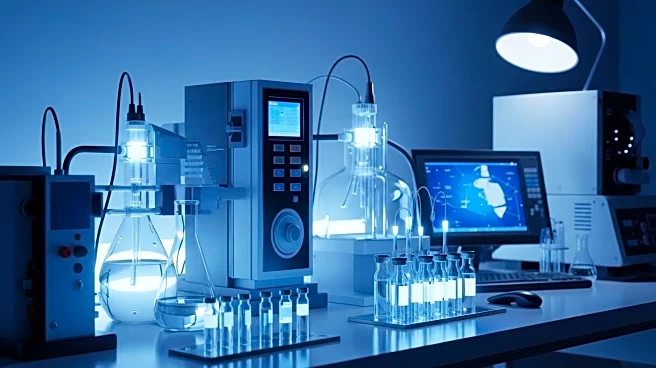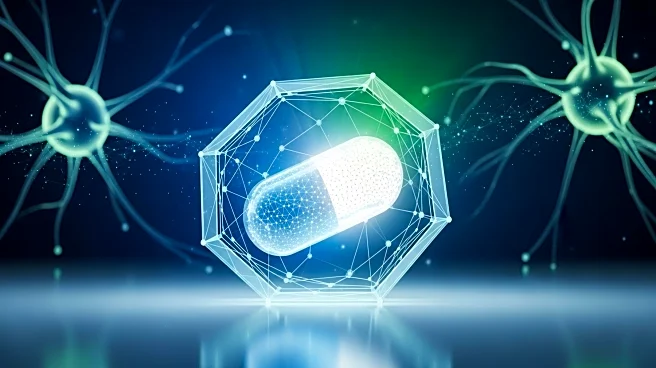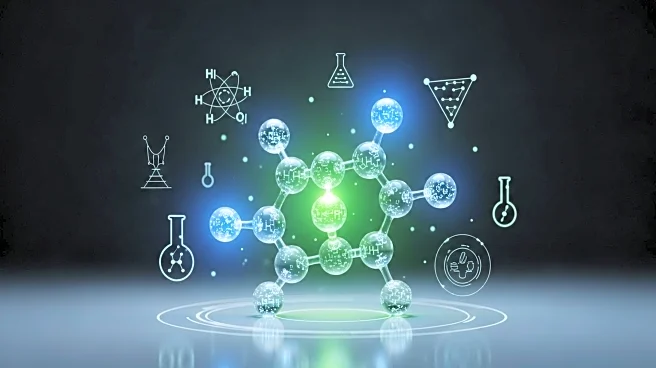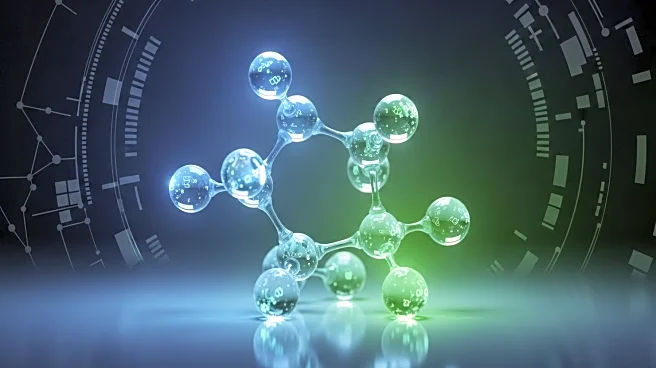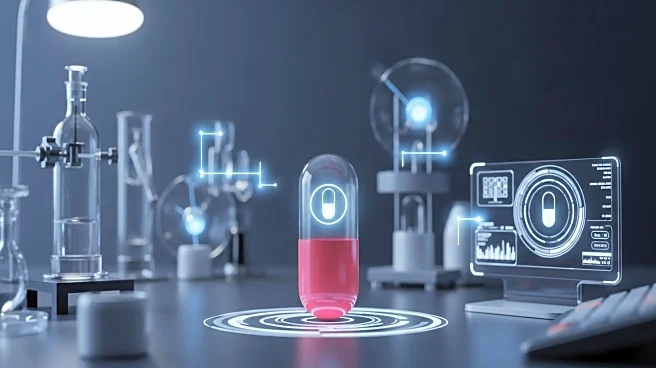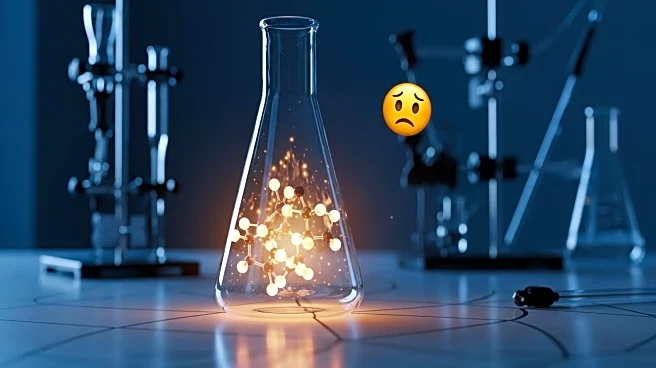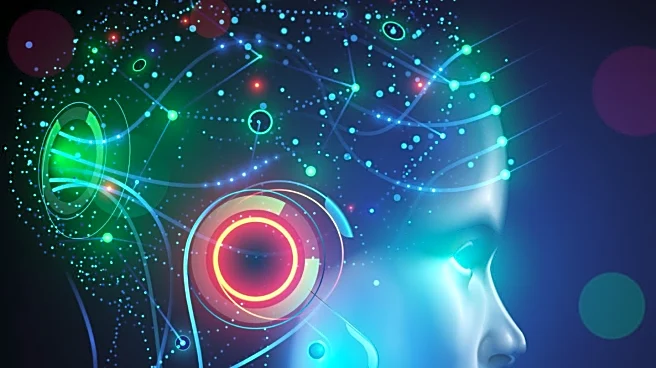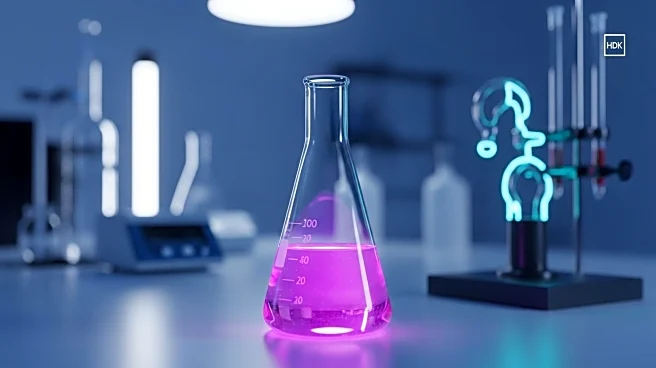What is the story about?
What's Happening?
Researchers are exploring a novel pill that could enable the brain to repair itself following strokes or traumatic injuries. This development challenges the traditional belief that adult brains cannot regenerate neurons after injury. The pill, which repurposes existing medications like Maraviroc, is undergoing clinical trials to assess its effectiveness in restoring cognitive and motor functions in stroke patients. The pill works by activating dormant genes that promote neurogenesis, potentially reducing the need for intensive physical rehabilitation. Early findings from animal models show promising results in repairing damaged neural circuits, improving movement and memory.
Why It's Important?
If successful, this pill could revolutionize treatment for millions affected by strokes, offering a more effective recovery process and reducing healthcare costs associated with rehabilitation. The pharmaceutical industry sees potential economic opportunities in expanding treatments to other neurological conditions, such as Alzheimer's disease. However, transitioning from laboratory research to clinical application poses challenges, including ensuring safety and managing individual patient responses. Regulatory bodies like the FDA are closely monitoring these advancements to prevent unforeseen risks.
What's Next?
Clinical trials are ongoing, focusing on small groups of stroke survivors to monitor side effects and evaluate brain plasticity. The research could lead to new treatments for traumatic brain injuries and other conditions, supplementing or replacing traditional rehabilitation techniques. Collaboration between academic institutions and biotech companies is intensifying, with innovations like Stanford's research on blood clot removal devices complementing pill-based approaches.
Beyond the Headlines
Ethical considerations are crucial, balancing swift innovation with stringent safety protocols. The research may pave the way for pharmacological interventions that could transform recovery processes, offering hope to those affected by neurological traumas. The journey ahead requires patience, with comprehensive results anticipated in the coming years.
AI Generated Content
Do you find this article useful?
